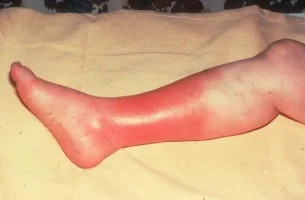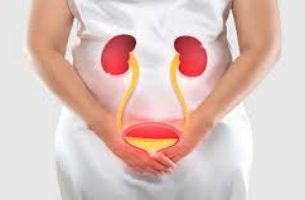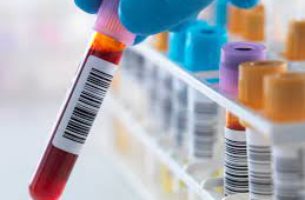10 cellulitis facts In this article we will describe 10 facts aboiut cellulitis. Key Points Cellulitis is a common bacterial skin infection that requires prompt treatment. In acute cellulitis, there is a rapid onset of symptoms, usually caused by Streptococcus or Staphylococcus bacteria. It can affect anyone, but certain groups are at higher risk. Antibiotics […]
Read More10 bladder cancer facts In this article we will describe 10 bladder cancer facts. 1. Common cancer Bladder cancer is one of the most common types of cancer worldwide. It primarily affects older adults – about 90% of people with bladder cancer are older than 55 years. The average age of diagnosis is 70-75 years. […]
Read MoreWhat is a normal blood magnesium level? Normal blood magnesium level A normal blood magnesium level in the UK is between 0.7–1.0 mmol/L. However, normal ranges may vary slightly between laboratories. Magnesium is a mineral that’s important for many bodily functions, including muscle and nerve function, bone health, and heart function. High and low magnesium […]
Read MoreA normal blood haemoglobin A1c (HbA1c) level A normal HbA1c level is below 42 mmol/mol. What is haemoglobin HbA1c? Haemoglobin A1c (HbA1c) is a blood test that measures your average blood glucose (sugar) level over the past two to three months. It is used a way of diagnosing diabetes and monitoring its control. What is […]
Read MoreA normal blood glucose level What is normal blood glucose (sugar)? Normal human blood glucose = 4-6 mmol/L – and less than 8 mmol/L, two hours after a meal. How are prediabetes and diabetes diagnosed? By testing your blood glucose (and HbA1C) levels. Blood glucose in prediabetes and diabetes Prediabetes is diagnosed if your random […]
Read MoreA normal blood potassium level Most potassium (98%) in the body is intracellular – with a small proportion in the extracellular compartment. Therefore the blood potassium level only a reflection of the more important (intracellular) level. Normal blood potassium level Normal human blood potassium level is 3.5-5.3 mmol/L. A high blood potassium level (hypokalaemia) is […]
Read MoreWhat controls blood potassium levels? Blood potassium levels are controlled by several mechanisms: Hormonal regulation Aldosterone: Produced by the adrenal glands, this hormone regulates potassium excretion in the urine. High aldosterone levels increase potassium excretion, lowering blood potassium Insulin: Helps facilitate potassium uptake in cells, reducing blood potassium levels. Renal regulation Kidney function: Potassium is […]
Read MoreWhat is the number 1 tip to lose weight? Rule 1 Eat under 2,000 calories a day (or 1,500 if you are a woman), every day. If you do this consistently, you will lose weight. We promise. That’s it.
Read MoreA normal blood calcium level? Normal blood calcium level Normal adjusted calcium level is 2.2.-2.6 mmol/L. Note. Normal ionised calcium level is 1.2.-1.3 mmol/L. This is the level reported in an arterial blood gad (ABG). Low calcium level (hypocalcaemia) Hypocalcaemia is defined as an adjusted calcium level of <2.2 mmol/L. Causes include: Hypoparathyroidism Vitamin D […]
Read MoreWhat controls blood calcium levels? Calcium is the fifth most abundant element in the body. It is vital for several biological processes including neurotransmission, muscle contraction, hormone secretion and the clotting cascade. Normal adjusted calcium level is 2.2.-2.6 mmol/L. Forms of calcium The average young adult has around 1200g of calcium in their body, 99% […]
Read More




